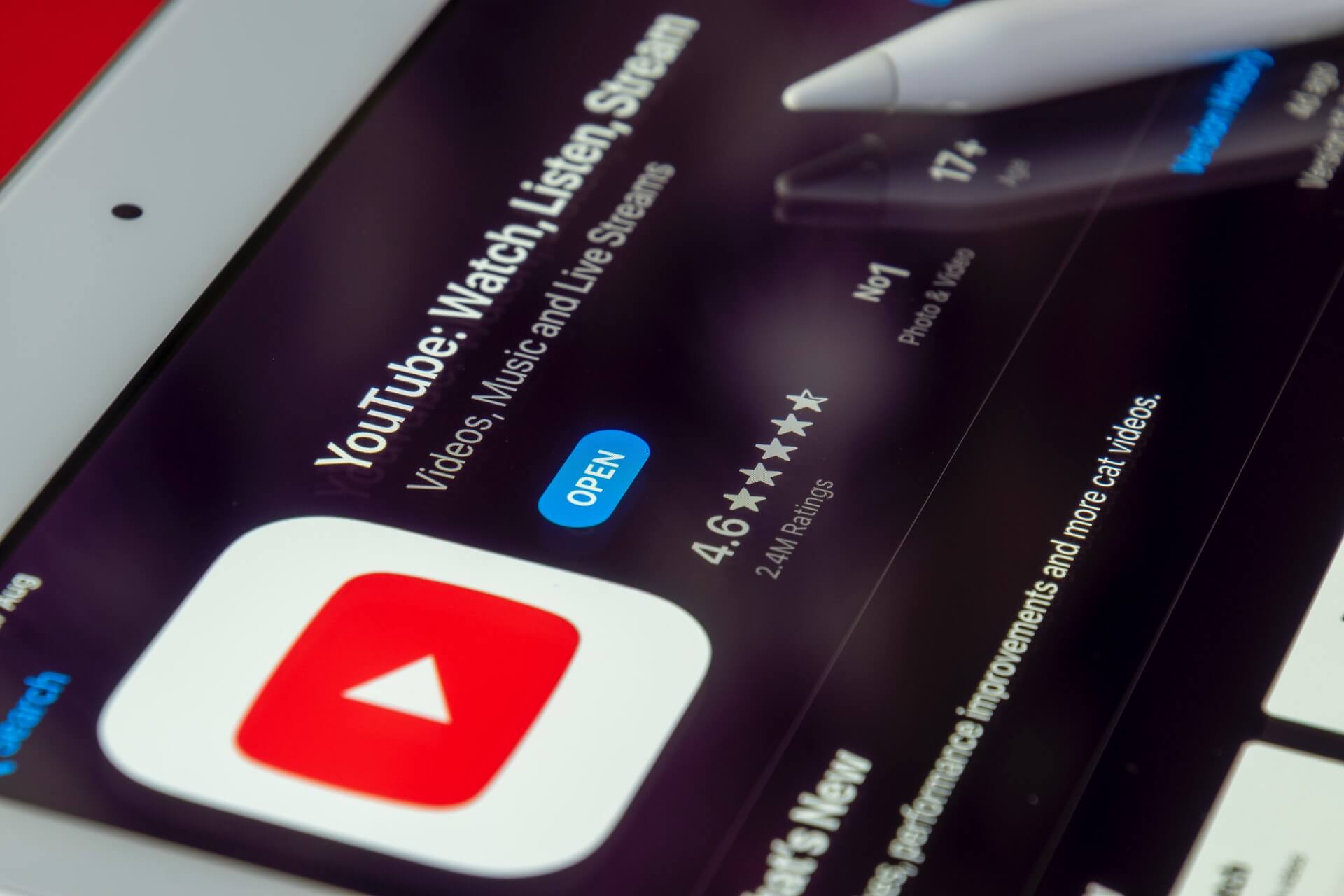According to Verizon Media, 50% of U.S. consumers rely on captions because they regularly watch video content with the sound off. In recent years, content creators have become increasingly aware of the public’s growing dependence on subtitles and captions and have taken steps to integrate these assistive technologies into their production and editing processes.
Captions are a proven tool for supporting audience members of diverse backgrounds and abilities. In many contexts, captions boost overall engagement rates for video content. Unfortunately, some more traditional approaches to closed captioning can be overly time-consuming and cost-prohibitive for content creators. This quick read will discuss contemporary alternatives to traditional captioning methods and explore when it makes sense to take advantage of auto-caption apps and software.
How a Video Auto Caption App Works
Automatic speech recognition technology (ASR) is at the core of nearly every video auto caption app and software solution. ASR is a type of artificial intelligence software that uses advanced language learning models to accurately interpret human speech by stringing together individual sounds or phonemes. Automatic video captioning apps take ASR technology further by converting audio input to text as captions.
In addition to using speech recognition for captioning purposes, creators and business professionals can use this advanced technology to generate long-form transcripts and even translations of their video content. Some auto captioning solutions can also support real-time video captioning of live communications like conference calls, webinars and video meetings.

Benefits and Impact of Video Auto Caption Apps
Captions are critical for making video content more accessible to audience members with disabilities, such as those who are Deaf or hard of hearing. Captions can also help creators deliver more equitable viewing experiences to viewers with neurodivergent conditions, specific learning needs or anyone who might be consuming content in a non-native language.
In addition to boosting accessibility, adding captions to video content can help creators boost their SEO ranking and extend the reach of their brand’s messaging. Search engines, by default, don’t typically factor video content’s audio into their search ranking algorithms. However, captioning can be crucial in enhancing video SEO because search engines and their algorithms can discover and analyze the text of a video’s captions.
Across the board, video captions are one of the best tools for video content enhancement. In fact, video captions can lead to higher engagement rates and average watch time in numerous studies and experiments. When used appropriately, video captions can deliver more impactful, inclusive viewing experiences to audience members from all walks of life.
Auto caption apps are a convenient, easy-to-use alternative to more traditional approaches to captioning that rely on the manual labor of individual human captioners. These professionals, while highly skilled and reliable, tend to be expensive to hire and are prone to bandwidth issues that can make it difficult for creators to support their content at scale. A video auto caption app can streamline creators’ captioning workflows and save them money, time and other resources throughout their production process.
Key Features of a Video Auto Caption App
Applications that automatically generate captions for video content use ASR technology to convert audio to readable text. Each app has unique features and functions supporting different media projects and specific audience demographics. For example, some apps allow creators to generate multilingual video captions for content they intend to share with a global audience.
Some auto-captioning apps boast customizable captioning features so creators can adjust their video captions’ size, style, color and placement. These caption editing and refinement tools make it easy for professionals to meticulously craft their captions to not distract from the critical visual elements of their content while ensuring that all audience members still receive equitable messaging.

Using a Video Auto Caption App
Most captioning apps generate captions using a straightforward upload/download process. The user uploads their content to the application, the ASR technology converts the audio to text, and the resulting captions are available for download in the user’s desired file format.
It’s essential to consider carefully which captioning format suits your media. Many video hosting and social media platforms accept SRT files for closed captioning. Still, several other file formats exist, including VTT files, SCC files and DFXP files. Every website, platform and device has its own unique set of technical specifications, so it is highly recommended that creators spend time researching which file format would best meet the needs of their audience.
Privacy and Legal Considerations
When selecting a video auto caption app, creators and professionals must consider industry-specific legal requirements or privacy considerations. If a creator plans to generate captions for a video that contains sensitive or personal information, that creator needs to select an auto captioning platform that comes equipped with certain security protocols.
However, one of the most critical legal considerations in captioning pertains directly to accessibility. To support the stringent requirements of accessibility standards like the ADA and WCAG, video captions must achieve exceptionally high accuracy rates. Many ASR-powered auto captioning tools fall short of these accuracy requirements, which opens up creators to the potential for legal challenges or other enforcement actions. When captioning for accessibility, creators should carefully compare the documented accuracy rates of any auto captioning apps they are considering.

Limitations and Challenges
While auto captioning applications are often highly efficient and cost-effective, they present numerous challenges for creators looking to enhance their media with accurate and reliable captions.
ASR technology is constantly taking in new information and learning new skills, but it still needs to capture the more subtle points of human communication. AI-powered captioning solutions may struggle to accurately interpret and represent information when an audio recording features:
- Poor audio quality
- Multiple speakers
- Substantial background noise
- Cross-talk
- Diverse accents and dialects
Accuracy is of the utmost importance when producing captions that can support viewers with disabilities and specific learning needs. Given the number of variables that can impede the accuracy of automatically generated captions, professionals need to review the quality of their captions and use professional solutions when necessary.
Future Developments and Trends
Developers are constantly working to address the challenges above in automatic captioning to make this technology more consistent and reliable for professionals across every industry. Over time, artificial intelligence will likely continue to evolve until it can deliver extremely high accuracy rates.
In the meantime, however, companies like Verbit are finding ways of integrating artificial intelligence with traditional captioning approaches to deliver consistent, affordable and accurate captions for a wide range of digital media projects. Verbit’s platform combines the speed and efficiency of ASR technology with the expertise and diligence of professionally trained human captioners to rapidly generate closed captions with accuracy rates capable of supporting accessibility standards.
Verbit’s platform also offers generative-AI enhanced video transcription technology, so users can simultaneously support their video content with multiple assistive technologies. Verbit even offers live-captioning workflows that integrate seamlessly with popular communication platforms so business leaders can communicate more effectively with their employees, clients and communities.

Embracing the Future of Digital Media and Accessibility
In the ever-evolving landscape of modern digital media, creators must constantly search for new and innovative ways of enhancing their content and supporting their audiences. Video auto caption apps make it fast and easy for content creators to generate captions for their videos to deliver more engaging and inclusive experiences to viewers of all backgrounds and abilities. Despite its current limitations, the future of video captioning technology is bright and expansive. Over time, auto captioning tools will become indispensable resources for anyone seeking to create accessible video content.
Verbit’s signature approach to captioning and transcription offers users all of the features and functions they love about auto captioning apps with the bonus of consistently high accuracy rates and industry-leading privacy protocols. If you’re interested in learning more about Verbit’s assistive technology platform, or if you’d like more information about how accurate captions can improve the quality of your video content, reach out today to speak to a member of our team.




